ballets C de la B and the aesthetic of reality
“This dance is part of the world, and the world belongs to everyone”
les ballets C de la B (standing for Ballets Contemporains de la Belgique (Belgian Contemporary Ballets) were created in 1984 by a group of Flemish amateur artists. These included: Alain Platel. Trained as a speech therapist, today he is the stage director and embodies the company’s figurehead. The company is part of a cross-disciplinary trend that revolutionised 1980s Belgian dance, particularly due to the presence of artists and interpreters from eclectic backgrounds. In 1996, Alain Platel’s work Bonjour madame etc... was programmed in Avignon, marking the beginning of his success in France.
A creation in the present
An encounter with Alain Platel
2010 - Director : Centre national de la danse, Réalisation
Choreographer(s) : Platel, Alain (Belgium)
les ballets C de la B came into being at a time when Belgium offered no sound support to new companies. They had to fend for themselves and, above all, possess the passion to do so.
“In Ghent, a lot of people worked like that, in squats, in flats.”
This was the mindset that helped many excellent artists working on the expressiveness of the body to be discovered, thus enabling Belgium to play a key role in the field of contemporary dance, by advocating permanent innovation, and offering unique visions of the world where the danced gesture is combined with words, and theatre with dance and performance.
“The country is torn apart by this story between the Flemish and the Walloons. It’s a very strange identity. We have been under the influence of one and all alike and I get the feeling that, as a result, we have fewer unique references” (Alain Platel)
La chorégraphie Belge contemporaine [FR]
2013 - Director : Plasson, Fabien
Bitterly divided in its culture, economy and language, Belgium had to face up to a period of major renewal in the 1980s. Its choreographic landscape was thus nourished by a creative turmoil that the difficulties faced would abundantly enrich, paving a lasting way for the career of strong personalities.
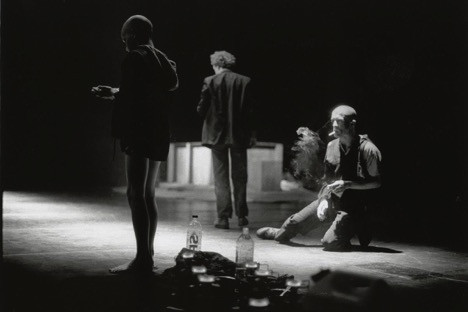
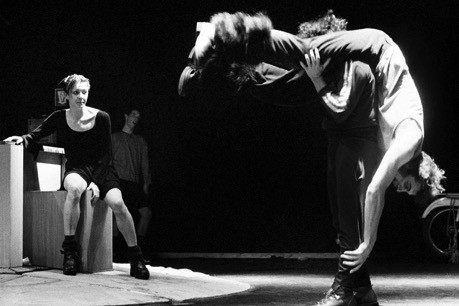
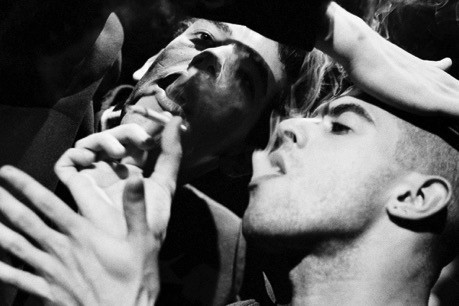
Bonjour madame, comment allez-vous aujourd'hui, il fait beau, il va sans doute pleuvoir, etcetera. (1993)
“It was after a trip to Brazil in ‘92 that I wanted, or rather needed, to produce Bonjour madame [...] I went down forbidden paths and found myself face to face with child aggressors. Nothing happened but I told myself they could have killed me or I could have killed them and that type of violence is extremely disturbing." (Alain Platel)
©Chris Van der Burght
Lourdes-Las Vegas (version sous-titrée)
Lourdes – Las Vegas is a film directed by Giovanni Cioni on the show Bernadetje. He manages to show with both humour and tenderness the extent of Flemish urban misery and its ghettos. In it, he retransmits raw elements via the scenography and his interpreters: a group of amateur teenagers.
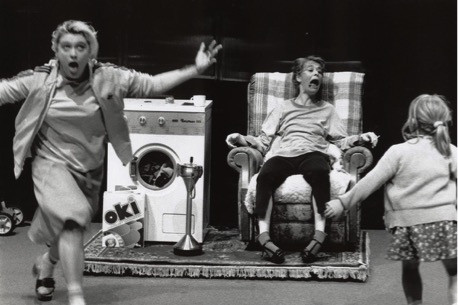
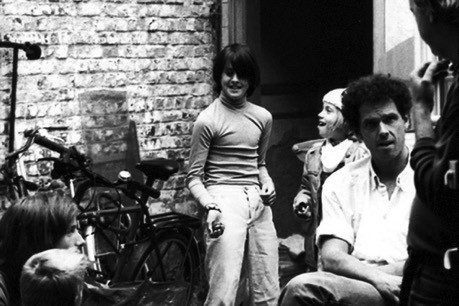
MOEDER EN KIND (1995)
Created in 1995, this show is adapted from the work of the British photographer Nick Waplington.
Alain Platel notes a characteristic of children: “It’s another look, another atmosphere and, what’s more, they’re the best critics. When they watch rehearsals and they don’t like what they see, they let us know quite bluntly. I take their remarks very seriously.”
©Phile Deprez
The unique beauty of les ballets C de la B
vsprs
Alain Platel diversifies the references that he conjures up in his works He draws as much from popular culture as from so-called “learned” references. He mixes cultures and folklores and brings to the fore marginal personalities with atypical backgrounds. In 2006, he choreographed VSPRS, the adaptation of one of the major works from the liturgical repertoire Les Vêpres de la Vierge by Claudio Monteverdi.
”A baroque ensemble, a soprano and the jazz band of Aka Moon, combined with gypsy rhythms, came together on stage ”(Hildegard De Vuyst)

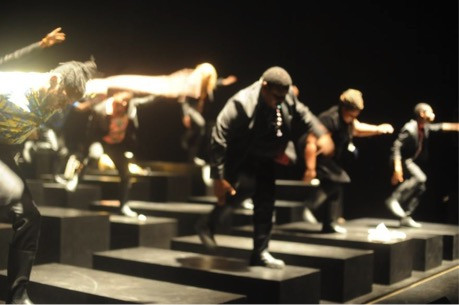
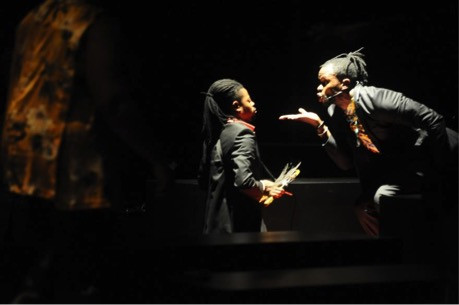
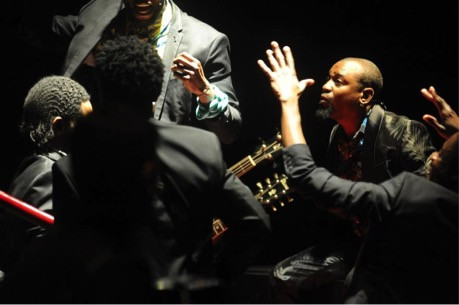
Requiem pour L. (2018)
Spectacle créé par Alain Platel et Fabrizio Cassol.
©Chris Van der Burght
Over and beyond the cultural mix, les ballets C de la B blur artistic boundaries. Dancers become singers, and musicians actors. This cross-disciplinarity has always been a driving force in the company’s propositions. The encounters between people of varied origins and artistic backgrounds also give shape to an impetus generating a new body language. Alain Platel relates that he began to work on cross-disciplinarity further to a course in 1980 with Barbara Pearce, a Canadian choreographer living in Paris.
Coup Fatal
This show is written like a concert: musicians hailing from Kinshasa traditional culture interpret the European baroque repertoire. This project continued to grow for 3 years after the pitié ! tour in 2009. It was thanks to the determination of the countertenor, Serge Kakudji, that the idea to share operatic arias with Congolese musicians came to fruition.
In Platel’s works, music is a real expressive force and is often played live. Increasingly present in the repertoire of les ballets C de la B, sound and music creation is ensured by professional and amateur musicians, and by dancers and singers. For example, Requiem pour L (2018) is a visual and physical translation of the images and associations conjured up by a Requiem.
C(h)œurs
In C(H)ŒURS, Alain Platel revives the famous choruses of Verdi’s operas and Wagner’s compositions, commissioned by the Teatro Real de Madrid (directed by Gérard Mortier). Taking a political standpoint, he examines the dynamics of the group and the individuals within it.
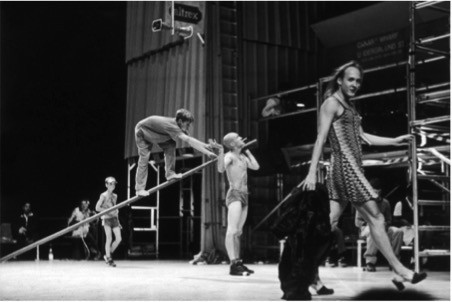
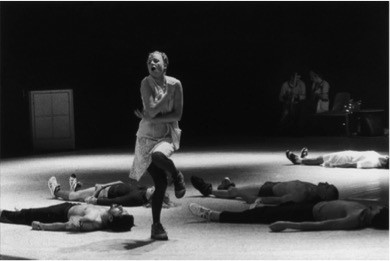
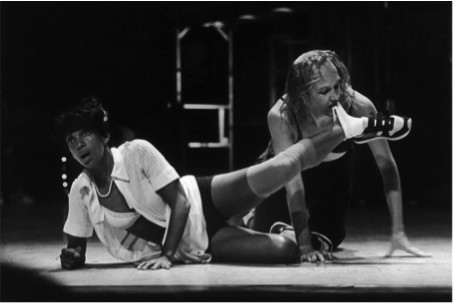

La Tristeza Complice (1995)
Thanks to his speech therapist background, Alain Platel is sensitive to issues relating to mental illnesses and physical handicaps.
He thus offers his spectators an interpretation of the experience of these marginalised people.
For example, the gestuality of La Tristeza Complice (1995) is based on the Tourette syndrome, characterised by the inability to control motor impulses, thereby generating verbal and physical tics. Another example, the show Wolf, created in 2003, places two deaf actors on stage.
Tauberbach
Pathology is ever present in the company’s works today. It acts as an inspiration for the interpreters, now professionals and virtuosos of dance, who derive from it an extremely rich and complex gestural language, embodying the wounds of our world.
Tauberbach (2014) is inspired by musics by Johann Sebastian Bach sung by a choir of deaf people, and by the documentary film Estamira (2006) by Marcos Prado, the portrait of a schizophrenic woman who has lived for the past twenty years in a junkyard in Rio de Janeiro.
”To produce a show is first and foremost to meet very different people.” (Alain Platel)